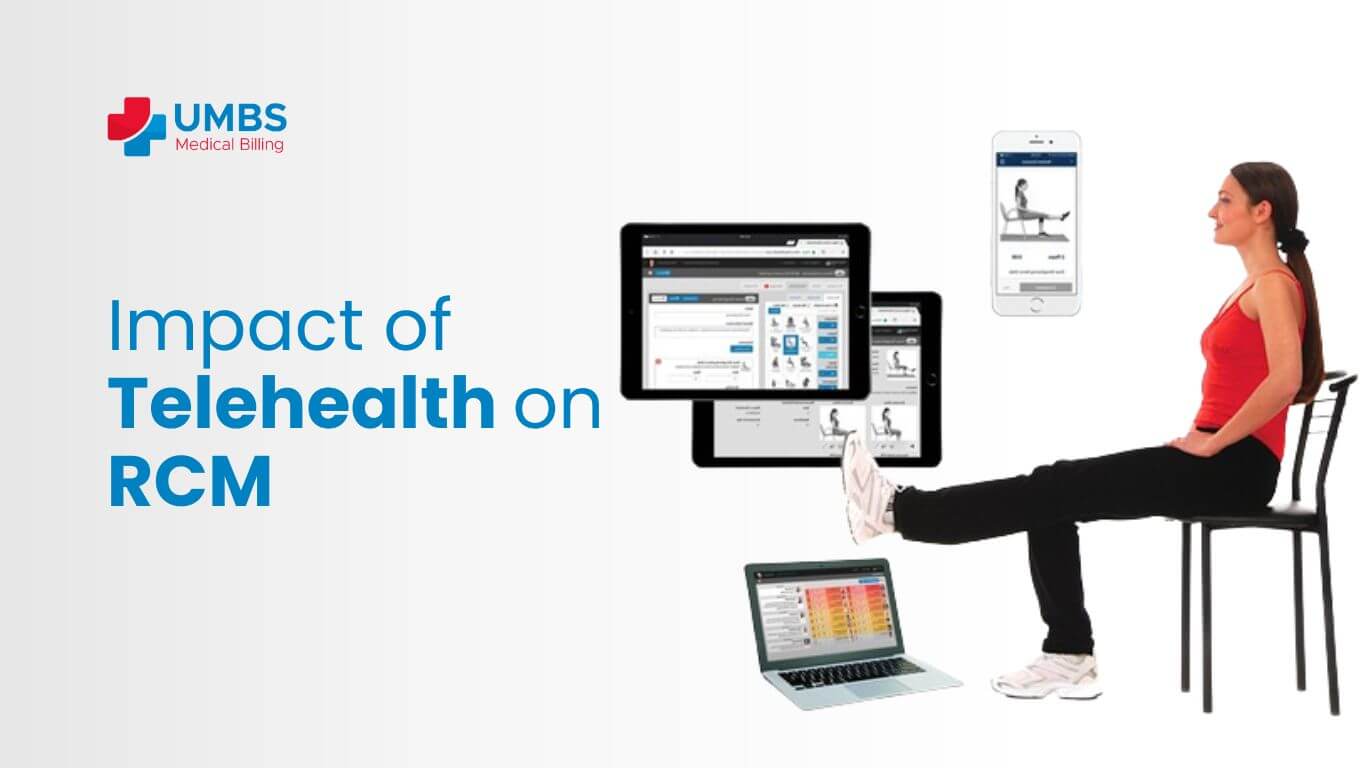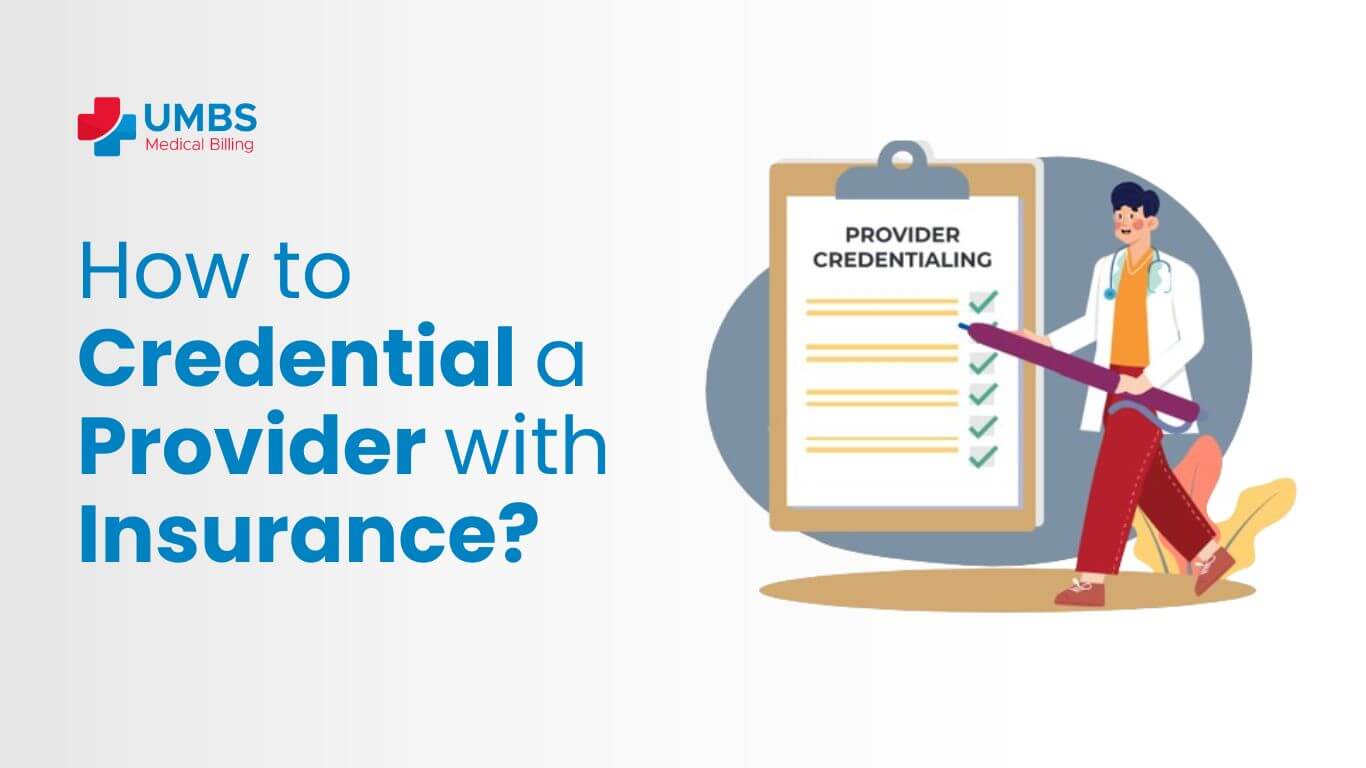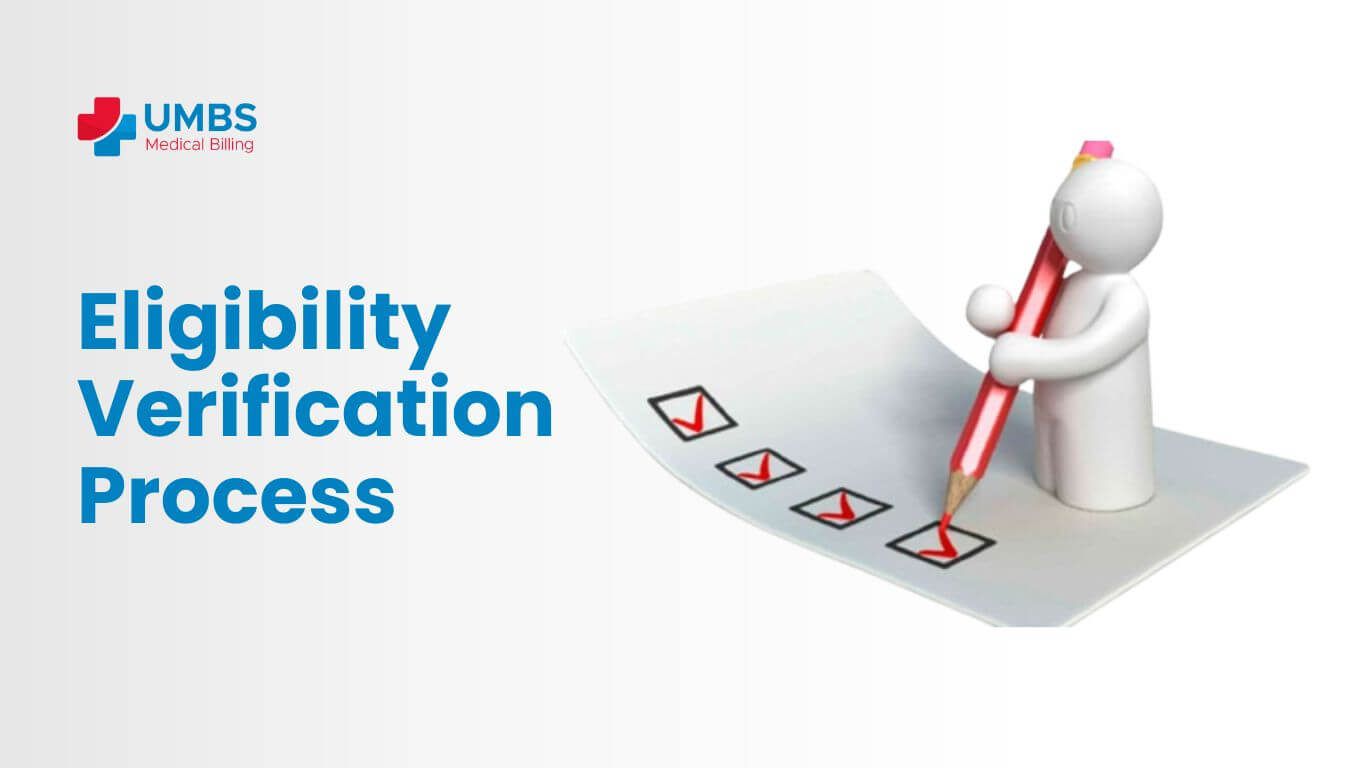The healthcare sector, like many others, has seen big changes in how it provides care to patients. Telehealth services, using advanced technology, now allow patients to get medical care remotely. The COVID-19 pandemic sped up this change a lot. But, while telehealth has benefits, it also brings challenges. One big challenge is how healthcare providers manage their finances effectively, especially their revenue cycles. This is something that worries many people involved in healthcare.
Telehealth can be provided in three different ways:
- Synchronous: The doctor communicates with the patient in real-time through a computer or telephone.
- Asynchronous: In this method, data, images, or messages are recorded and shared with the doctor at a later time.
- Remote patient monitoring: This involves sending measurements such as weight or blood pressure to the healthcare provider for assessment.
Benefits of Remote Patient Monitoring (RPM)
The groundbreaking technology called Remote Patient Monitoring (RPM) services has become a crucial tool for healthcare providers in their efforts to manage revenue cycles efficiently and effectively. With RPM services, healthcare providers can monitor patients’ health remotely in real time, gathering valuable data on their medical conditions as they go.
The benefits of this remarkable technology are numerous. It allows healthcare providers to bill for various remote patient interactions, including text messaging, while also increasing billable hours to unprecedented levels.
Advantages
- Utilizing technology for healthcare delivery offers numerous benefits, including:
- Cost-effectiveness
- Convenience
- Accessibility for individuals with mobility limitations or those residing in remote areas without nearby medical facilities
- Adoption of telehealth services has witnessed a significant surge over the past decade, with:
- Currently, 76 percent of hospitals in the U.S. utilizing telehealth to connect healthcare providers with patients remotely, marking a notable increase from 35 percent ten years ago.
- The importance of telehealth has been further underscored during the COVID-19 pandemic due to:
- Heightened concerns about virus transmission during in-person medical appointments
- Nearly three-quarters of surveyed Americans expressed increased willingness to explore virtual care options due to the pandemic.
- The proportion of individuals aged 50 and above who had virtual healthcare visits during the initial three months of the pandemic rose to one in four, compared to a mere four percent in the preceding year.
Disadvantages
- Telehealth offers convenience and affordability for remote doctor consultations.
- Not all medical procedures can be conducted remotely, such as imaging tests, blood work, and examinations requiring physical presence.
- Concerns exist regarding the security of personal health data transmitted electronically.
- Although many insurance companies cover telehealth visits during the COVID-19 pandemic, some services may not be fully covered, leading to potential out-of-pocket costs for patients.
What you can do with telehealth
Telehealth enables a range of activities and services that make healthcare more accessible and convenient:
- Recording Measurements: You can record various health measurements such as weight, food intake, blood pressure, heart rate, and blood sugar levels either manually or using wearable devices. These data can then be sent to your doctor for review.
- Virtual Visits: Through telehealth, you can have virtual visits with your doctor or a nurse using your computer or smartphone. This allows for remote consultations without the need for in-person appointments.
- Online Portal Usage: Telehealth platforms often provide online portals where you can check your test results, request prescription refills, send messages to your doctor, or schedule appointments conveniently from your device.
- Information Sharing: Telehealth facilitates the sharing of vital information such as test results, diagnoses, medications, and drug allergies among all the healthcare providers you interact with. This ensures seamless coordination of care.
- Care Coordination: Telehealth helps in coordinating care between your primary care provider and any specialists you may be seeing. This includes sharing exam notes and test results between medical offices, even if they are in different locations.
- Reminder Services: You can receive email or text reminders through telehealth for important screenings like mammograms, colonoscopies, routine vaccinations, or medication schedules.
- Monitoring Older Adults: Telehealth can be used to monitor older adults at home to ensure they are adhering to their medication schedules and maintaining healthy habits like eating and sleeping properly.
Telehealth Drives Improvement in Three Key Areas
Healthcare providers worry that implementing telehealth solutions might negatively impact the traditional in-person fee-for-service (FFS) business model. However, it’s becoming clear that sticking solely to the older FFS model isn’t sustainable for health systems.
By embracing telehealth as a dependable delivery method, health systems can adapt to the evolving healthcare landscape, ensuring their survival in the face of new challenges.
Revenue
Health systems are designed to support health and well-being and provide care when needed. However, generating revenue is crucial for their survival, operation, and effective delivery of care. Utilizing telehealth enables health systems to generate profits by expanding patient access and capacity, particularly during times when traditional in-person visits are limited due to factors like the ongoing pandemic.
- Telehealth enhances revenue by offering convenient access to care for patients, irrespective of their location.
- It eliminates common challenges associated with traditional office visits, such as transportation arrangements, time off from work, and childcare.
- Most telehealth programs facilitate patient connections via smartphones or tablets, overcoming geographical barriers.
- Patients can receive care from anywhere with internet access, whether at home, work, or while traveling.
- By removing access barriers, telehealth encourages patients to seek care promptly when needed.
- Health systems can increase revenue by streamlining time-consuming processes associated with traditional clinic visits.
- With telehealth, paperwork and vital sign collection can be completed through online forms before virtual appointments, allowing providers to dedicate more time to patient care.
- Providers can handle more patients efficiently, leading to increased profits for health systems through additional patient visits and enhanced health maintenance.
Cost
Another contributor to the increased revenue associated with telehealth is the lower overall operating costs compared to delivering care in person. Therefore, the increase in telehealth visits leads to a higher bottom-line margin per patient visit.
There are multiple reasons that telehealth is cost-effective for health systems. Because telehealth allows technology to do most of the work by automating routine check-in forms and information, it decreases the need for administrative staff. Reduced staffing requirements is not necessarily a way to generate new income, but it is one way health systems can eliminate unnecessary costs.
Seeing fewer patients in person and having a smaller staff allows providers to occupy smaller spaces, cutting costs by avoiding expensive building leases, reducing the number of physical exam rooms as well as costly equipment.
Quality
Due to the pandemic, telehealth has been widely adopted, revealing that despite the change in delivery method, health outcomes remain consistent. Both healthcare providers and patients have reported no discernible difference in the quality of virtual visits compared to in-person ones. In fact, providers have been able to engage with patients more frequently, gaining a deeper understanding of their individual situations and consequently delivering more personalized care.
- Telehealth solutions offer patients convenient access to care, resulting in more timely interventions.
- This increase in timely care facilitates the delivery of appropriate treatment from the outset and reduces the likelihood of readmissions.
- Provision of high-quality care through telehealth can enhance patient engagement in care management.
- Telehealth enables providers to implement interventions earlier, improving the management of chronic diseases.
- Leveraging telehealth alongside optimal utilization of support staff allows healthcare teams to efficiently address clinical care gaps.
- Effective deployment of non-physician providers helps health systems close care gaps at a reduced cost.
- This enhances both clinical outcomes and financial efficiency through cost-saving measures.
Also Read: Balancing Efficiency and Accuracy in Medical Coding
Conclusion
In conclusion, the integration of telehealth into healthcare systems not only improves access to care and enhances patient engagement but also leads to more efficient utilization of resources, resulting in better clinical outcomes and financial savings.





